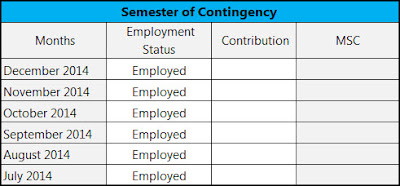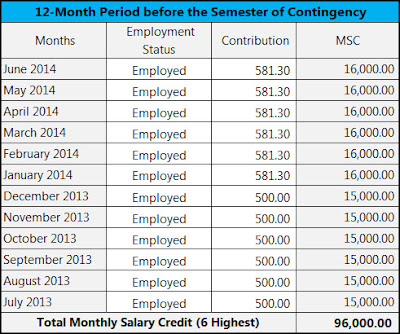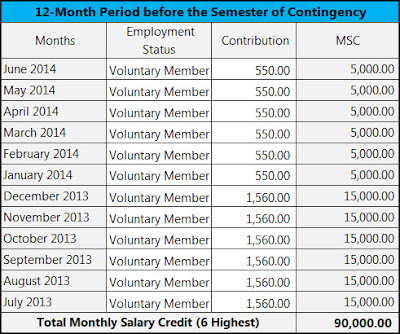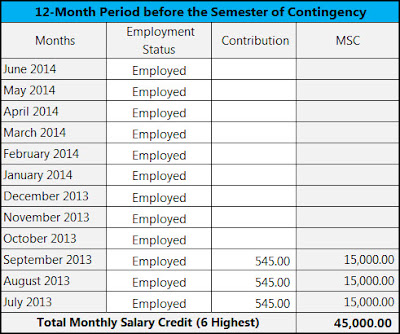Quaification
An active SSS member with at least one month contribution and SSS pensioners may apply for the new SS ID.
For First Time Application (No UMID/Old SS ID)
Step 1. Fill out and submit an SSS Form E-6 to the nearest SSS branch that has facilities for SS ID capture. You may also download the form below.
Note: When you download the form, print all information in capital letters, use blank ink only, and should be printed back to back.
Step 2. SSS Form E-6 must be submitted together with an original and photocopy of any of the following primary documents:
- Passport
- Professional Regulation Commission (PRC) card
- Seaman's book
In the absence of any of these documents, the applicant may present any two of the following documents, provided at least one document contains the applicant's photograph:
- Driver's license
- Valid National Bureau of Investigation (NBI) clearance
- School or company ID
- Postal ID
- Senior citizen card
- Major credit card
- Voter's ID
- Savings account passbook
- Alien certificate of registration
- Government Service Insurance System (GSIS) member's record
- Certification from the Office of Southern/Northern Cultural Communities or Office of Muslim Affairs
- Taxpayer Identification Number (TIN) card
NOTE: The new SSS ID card is issued free for first-time applicants.
For Application with Existing Old SS ID
Provide and complete the first two (2) steps above and surrender your existing or old SSS ID. You may also avail of the option to omit the printing of the date of birth on the card.
Provide and complete the first two (2) steps above and surrender your existing or old SSS ID. You may also avail of the option to omit the printing of the date of birth on the card.
Step 3. Accomplished and submit SSS R-6 Form that will be provided once your membership has been validated. Settle PHP300.00 for card replacement fee on the cashier.
Note: Print and accomplish this form with three (3) copies). Settle PHP300.00 once you have submitted SSS Form E-6 and have it validated.
For Application with Lost or Damaged UMID/Old SS ID
Provide and complete the first two (2) steps above and submit an Affidavit of Loss Form. Once validated, you may proceed with the third step above.
Provide and complete the first two (2) steps above and submit an Affidavit of Loss Form. Once validated, you may proceed with the third step above.
Note: This form should be provided with E-6 form and valid IDs for verification/validation.
For applicants with change or correction of name, SSS E-4 Form indicating request for correction of name should be submitted with other requirements above.
Note: Please see back page of E-4 form for documents required when submitting this form (e.g. NSO Birth Certificate, Marriage Contract, etc.)
When you submit your application, the SSS will immediately obtain your personal data (i.e. your fingerprints, facial image, signature, and personal identification number will be electronically recorded) for transfer to your new ID card. The ID card will be mailed to the address you specified on your Form E-6. If you do not receive your ID within 30 days from the date on which you applied, you may inquire from any SSS branch in your area.
Source: www.sss.gov.ph
































%2B(1).png)
0 comments :